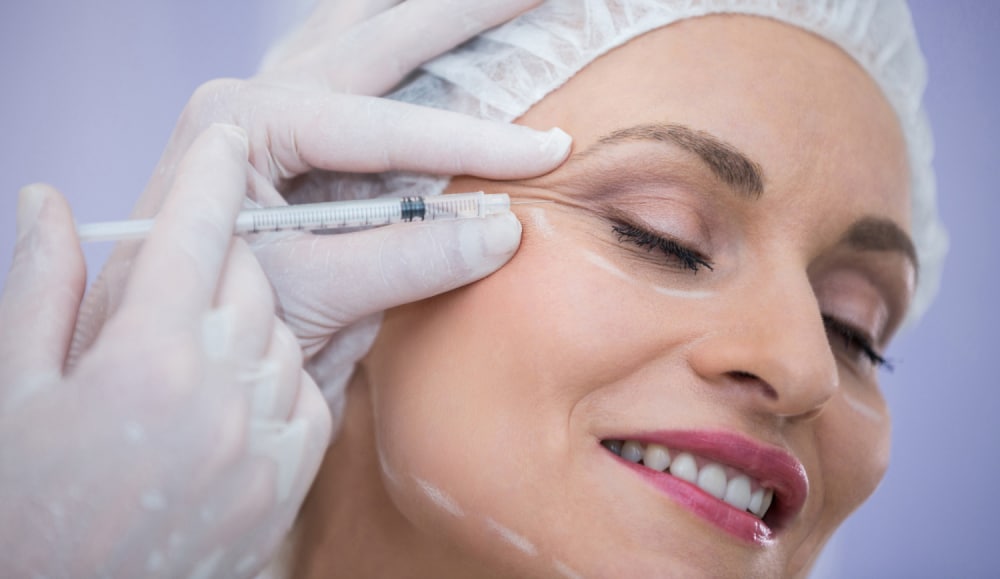
Bellafill and Juvederm are both renowned dermal filler brands used for facial rejuvenation. While they share the goal of reducing wrinkles and enhancing skin elasticity, they have distinct characteristics worth noting.
Let’s compare Bellafill vs. Juvederm to understand their differences and help you make an informed decision for your treatment needs.
Bellafill and Juvederm are both FDA-approved dermal fillers with distinct compositions and characteristics. Bellafill consists of a bovine collagen solution and PMMA, offering permanent results, while Juvederm is made of hyaluronic acid (HA), providing temporary enhancement. While both address facial wrinkles and fine lines, Bellafill stimulates natural collagen production and lasts up to five years, whereas Juvederm typically lasts between nine and eighteen months.
One key difference is the ease of removal: Juvederm can be reversed using hyaluronidase enzymes, while Bellafill requires surgical intervention. Additionally, Bellafill is often used for deep wrinkles and acne scars, while Juvederm is versatile, suitable for various areas like lips, cheeks, and nasolabial folds. Cost-wise, Bellafill entails a higher upfront investment but proves more cost-effective long-term, whereas Juvederm requires frequent maintenance treatments.
Moreover, Bellafill necessitates a pre-treatment skin test for bovine collagen sensitivity, unlike Juvederm, which does not require allergy testing due to its HA composition. Understanding these differences helps patients and practitioners make informed decisions based on their treatment goals and preferences.
Benefits:
Side Effects:
Benefits:
Side Effects:
In catering to the varied needs of patients, medical practitioners must offer a comprehensive array of treatment options. Both Bellafill and Juvederm, being FDA-approved, yield impressive, instantly visible results. These fillers can be used alone or in combination with other procedures, invasive or non-invasive, to attain optimal outcomes. When deciding between Bellafill and Juvederm, factors like patient preferences, medical background, and desired duration of effects should be carefully considered.
Join our newsletter to receive latest news and offers

Medicle MD Ltd
Reg. Number: 14317237
Address: 27 Old Gloucester Street,
WC1N 3AX London,
United Kingdom